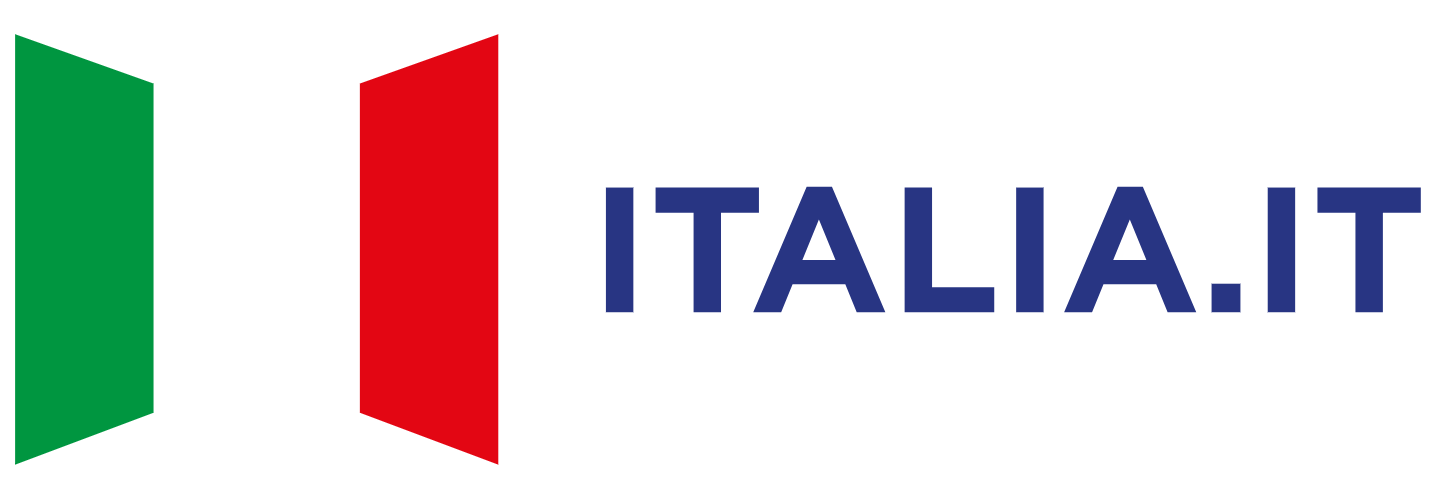MICE tourism, Italy climbs the ICCA ranking: third in the world and second in Europe

PRESS RELEASE
MICE TOURISM, ITALY CLIMBS THE ICCA RANKING: THIRD IN THE WORLD AND SECOND IN EUROPE
BUSINESS TRAVEL BECOMES LEISURE TRAVEL
ENIT AT IMEX 2023: BUSINESS-RELATED TRAVEL HAS DOUBLED
WITH FLEXIBILITY, IN 2027 BLEISURE (BUSINESS + LEISURE) WILL BE WORTH ALMOST 360 BILLION DOLLARS
COMBINED TRIPS WILL LENGTHEN STAYS
Business tourism in Italy is climbing the ICCA (International Congress and Convention Association) rankings, and is now third in the world and second in Europe. With over 520 meetings hosted, it is second only to Spain (528) and the USA (690), which remains securely in the top spot (ENIT, based on ICCA data). In 2022, around 85% of meetings were held face to face, around 9,000 out of a total of more than 10,500. Rome and Milan rank 14th and 18th, with 79 and 66 meetings respectively, and have both moved up a position in the European ranking. Travel in the future is set to increasingly combine business with leisure. This blended “bleisure” formula has emerged from the ENIT survey conducted on data from ForwardKeys, WTTC (Euromonitor forecasts), Bankitalia, Deloitte and WTTC (Trip.com) during the international IMEX fair in the sector held from 23 to 25 May in Frankfurt. A recovery in the business sector was already evident in 2021, with a 31% rise compared to 2020, when global spending on corporate travel fell by 56% compared to 2019. According to Skyscanner, one in six of those interviewed is willing to accept combined travel: working on holiday is a strategic choice, because it gives visitors “longer to spend in the destination” (55%) and is “less expensive, with flights at quieter times” (51%).
Flexible working is one of the factors that has made the most significant contribution to the rise in “blended” travel, together with the MICE (Meetings, Incentives, Conferences and Exhibitions) sector, which has highlighted the opportunities for potential participants to lengthen their stay.
According to Euromonitor forecasts, spending worldwide by travellers combining business and leisure, estimated at $200 billion in 2022, is set to double from 2021 to 2027, rising from $150 billion to around $360 billion.
“These excellent figures regarding the recovery of business travel are exceptionally good news, because in addition to being good for the economy, they also have a positive impact on the environment, and help the sector with strategies aimed at spreading tourist flows more evenly throughout the year, bringing benefits also to local economies, because spending more time and money in a place offers visitors a better opportunity to get to know the area and its typical products and traditions, which are the strengths of Italy. It is good that Rome has moved into the top 20, but we must do more, and my ambition is not only to see Rome moving up the rankings, but also to see Milan, Genoa and Turin in the top 50”, said the Minister for Tourism Daniela Santanchè.
“The popularity of blended travel is also evident in data regarding payment. On Trip.Biz, travellers are increasingly selecting both "Personal Travel” (for personal spending) and “Mixed Payments” (to supplement company budgets with personal funds). In 2022, bookings for personal flights rose by 22% compared to 2021, and by 33% compared to before the pandemic, with a similar trend evident for accommodation bookings. The number of bookings with "mixed payments" has risen by a massive 954%”, explains ENIT President and CEO Ivana Jelinic.
“The adoption of sustainable policies on the part of companies also has an impact on the management of business travel, and would appear to be encouraging greener choices, including the payment of higher rates for accommodation, living and transport options that are kinder to the environment and/or minimise CO₂ emissions”, explained ENIT Marketing Manager Maria Elena Rossi, who is working on the development of promotional strategies for the segment.
For employees, the combination of work and leisure can make trips less expensive: because the travel expenses are covered by their employer, the personal funds saved can be spent in the destination, thus bringing more revenue to the local economy.
For employers, allowing staff to combine leisure and business travel can result in greater employee satisfaction and thus retention. The rise of blended travel may have contributed to the rise in the overall average duration of visitors’ stays. In 2019, the average duration of a return trip booked on Trip.com was 9 days; in 2022, it had risen to around 14 days.
ForwardKeys data show a similar trend, with average duration rising from 11 days in 2019 to 14 days in 2022 (based on arrivals from January to December 2022).
The percentage of long stays (one or more weeks) rose from 20% in 2019 to 26% in 2022, with significant increases in the Asia-Pacific area and in North America. To benefit from the growing interest in blended travel, a number of governments worldwide are introducing specific visas. Known as “digital nomad” visas, they allow visitors to work remotely in a country for a prolonged period, generally tax-free.
40% of Italian businesses, for example, are prepared to spend between 5 and 10% more for sustainable business travel, according to ENIT, based on a Deloitte survey. Business trips almost doubled between the beginning and the end of 2022. European and US travel managers expect similar trends until 2024 to bring spending on business travel back to pre-pandemic levels.
Overall, 24% of companies (8% in the USA – 16% in Europe) expect business travel spending to return to 75% of 2019 levels in the first half of 2023.
A full return to the spending volumes of 2019 by the end of 2024 is expected by 71% of US companies and 68% of European companies.
Following the halt caused by COVID, the number of international travellers in Italy for work reasons showed an upturn already in 2021 compared to 2020 (+17.4%), continuing in 2022 with a 23.6% rise compared to the previous year, with a total of around 13.4 million foreign business tourists, albeit still 14.1% lower than in 2019.
Overnight stays amounted to 45.6 million, up 38.8% on 2021, and even up 4.4% compared to 2019.
Spending by foreign visitors on business travel in Italy totalled over €4.3 billion in 2021, rising to €6.4 billion in 2022, an increase of 47.4%. Revenue was up 10.4% on pre-pandemic levels.
In 2022, spending on business travel in Italy accounted for 14.5% of the total revenue from international tourists, slightly higher than the 2019 figure of 13.1%.

